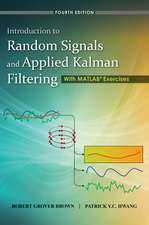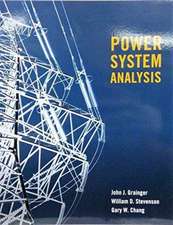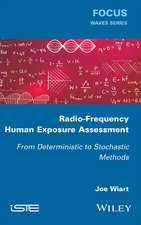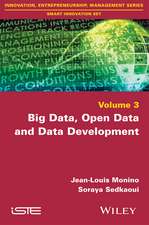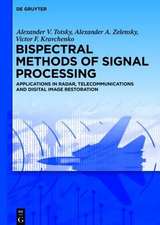Machine Learning for Protein Subcellular Localization Prediction
Autor Shibiao Wan, Man-Wai Maken Limba Engleză Hardback – 23 apr 2015
Preț: 690.93 lei
Preț vechi: 897.32 lei
-23% Nou
Puncte Express: 1036
Preț estimativ în valută:
132.22€ • 143.58$ • 111.07£
132.22€ • 143.58$ • 111.07£
Carte tipărită la comandă
Livrare economică 22 aprilie-06 mai
Preluare comenzi: 021 569.72.76
Specificații
ISBN-13: 9781501510489
ISBN-10: 1501510487
Pagini: 209
Ilustrații: 58 schw.-w. Abb., 35 schw.-w. Tab.
Dimensiuni: 170 x 240 mm
Greutate: 0.54 kg
Editura: De Gruyter
Colecția De Gruyter
Locul publicării:Berlin/Boston
ISBN-10: 1501510487
Pagini: 209
Ilustrații: 58 schw.-w. Abb., 35 schw.-w. Tab.
Dimensiuni: 170 x 240 mm
Greutate: 0.54 kg
Editura: De Gruyter
Colecția De Gruyter
Locul publicării:Berlin/Boston
Notă biografică
AD>
Shibiao Wan, Man-Wai Mak, Hong Kong Polytechnic University, Hong Kong.
Cuprins
1 Introduction 1.1 Proteins and Their Subcellular Locations 1.2 Why Computationally Predicting Protein Subcellular Localization? 1.3 Organization of The Thesis 2 Literature Review 2.1 Sequence-Based Methods 2.2 Knowledge-Based Methods 2.3 Limitations of Existing Methods 3 Legitimacy of Using Gene Ontology Information 3.1 Direct Table Lookup? 3.2 Only Using Cellular Component GO Terms? 3.3 Equivalent to Homologous Transfer? 3.4 More Reasons for Using GO Information 4 Single-Location Protein Subcellular Localization 4.1 GOASVM: Extracting GO from Gene Ontology Annotation Database 4.2 FusionSVM: Fusion of Gene Ontology and Homology-Based Features 4.3 Summary 5 From Single-Location to Multi-Location 5.1 Significance of Multi-Location Proteins 5.2 Multi-Label Classification 5.3 mGOASVM: A Predictor for Both Single- and Multi-Location Proteins 5.4 AD-SVM: An Adaptive-decision Multi-Label Predictor 5.5 mPLR-Loc: A Multi-Label Predictor Based on Penalized Logistic- Regression 5.6 Summary 6 Mining Deeper on GO for Protein Subcellular Localization 6.1 Related Work 6.2 SS-Loc: Using Semantic Similarity Over GO 6.3 HybridGO-Loc: Hybridizing GO Frequency and Semantic Similarity Features 6.4 Summary 7 Ensemble Random Projection for Large-Scale Predictions 7.1 Related Work 7.2 RP-SVM: A Multi-Label Classifier with Ensemble Random Projection 7.3 R3P-Loc: A Predictor Based on Ridge Regression and Random Projection 7.4 Summary 8 Experimental Setup 8.1 Prediction of Single-Label Proteins 8.2 Prediction of Multi-Label Proteins 8.3 Statistical Evaluation Methods 8.4 Summary 9 Results and Analysis 9.1 Performance of GOASVM 9.2 Performance of FusionSVM 9.3 Performance of mGOASVM 9.4 Performance of AD-SVM 9.5 Performance of mPLR-Loc 9.6 Performance of SS-Loc 9.7 Performance of HybridGO-Loc 9.8 Performance of Performance of RP-SVM 9.9 Performance of R3P-Loc 9.10 Comprehensive Comparison of Proposed Predictors 9.11 Summary 10 Discussions 10.1 Analysis of Single-label Predictors 10.2 Advantages of mGOASVM 10.3 Analysis for HybridGO-Loc 10.4 Analysis for RP-SVM 10.5 Comparing the Proposed Multi-Label Predictors 10.6 Summary 11 ConclusionsA Web-Servers for Protein Subcellular Localization B Proof of No Bias in LOOCVBibliography



